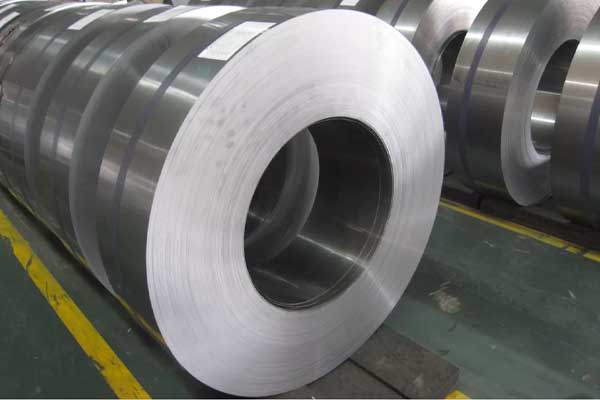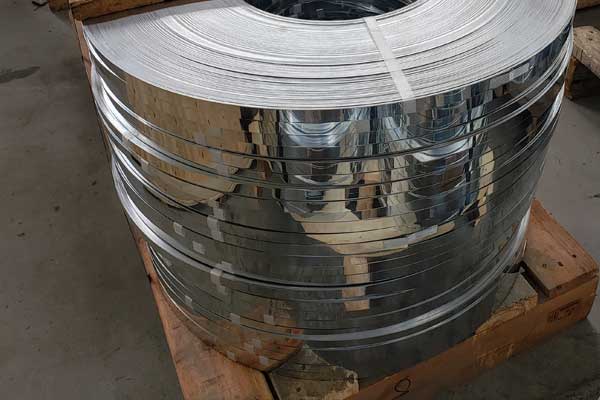Zinc-aluminum alloys, also known as Zn-Al alloys or zinc-alloys, are widely used for various applications due to their favorable combination of properties. These alloys are composed of zinc as the primary element, alloyed with aluminum to enhance specific characteristics.
What is the Composition of Zinc-Aluminum Alloys?
Zinc-aluminum alloys typically contain varying ratios of zinc and aluminum, which directly influence their properties. The most common zinc-aluminum alloy series are the Zamak alloys, which are alloyed with small amounts of other elements for improved performance. The general composition of Zinc alloys includes:
- Zinc (Zn): The primary constituent of zinc-aluminum alloys, providing the base matrix for the alloy.
- Aluminum (Al): Alloyed with zinc to enhance the alloy’s strength, hardness, and corrosion resistance. The aluminum content in zinc-aluminum alloys typically ranges from 3% to 27%, depending on the specific alloy type.
- Trace Elements: Small amounts of other elements, such as magnesium (Mg), copper (Cu), and nickel (Ni), may be added to further enhance specific properties, such as castability, mechanical strength, or dimensional stability.
The specific composition of zinc-aluminum alloys can vary based on the desired properties and the intended application. Different alloy compositions offer unique combinations of characteristics suitable for specific industrial requirements.
Can Zinc-Aluminum Alloys be Heat Treated?
- Zinc-aluminum alloys are commonly used in their as-cast condition, without the need for heat treatment. The solidification and cooling process during casting naturally imparts the desired properties to the alloy. However, it is important to note that zinc-aluminum alloys, particularly those in the Zamak series, undergo a natural aging process over time known as aging or precipitation hardening.
- Aging occurs due to the separation of the alloying elements within the microstructure, leading to the formation of fine precipitates that strengthen the alloy. This natural aging process can result in increased hardness and improved mechanical properties over time, making the alloy more suitable for specific applications.
While heat treatment is not typically performed on zinc-aluminum alloys, certain specific alloys and applications may benefit from controlled thermal processes. For instance, post-casting annealing can be used to relieve residual stresses and improve dimensional stability.
It is essential to consult the manufacturer’s guidelines and specific alloy specifications to determine if heat treatment is recommended or necessary for a particular zinc-aluminum alloy.
Summary
Zinc-aluminum alloys, with their zinc and aluminum composition, offer a range of desirable properties for various industrial applications. The precise ratio of zinc to aluminum, along with any added trace elements, determines the alloy’s specific characteristics. Heat treatment is generally not required for zinc-aluminum alloys, as they exhibit favorable properties in their as-cast condition. However, natural aging or precipitation hardening can occur over time, enhancing the alloy’s mechanical properties. Understanding the composition and heat treatment aspects of zinc-aluminum alloys provides valuable insights for engineers, manufacturers, and end-users, aiding in the selection and processing of these versatile alloys.

